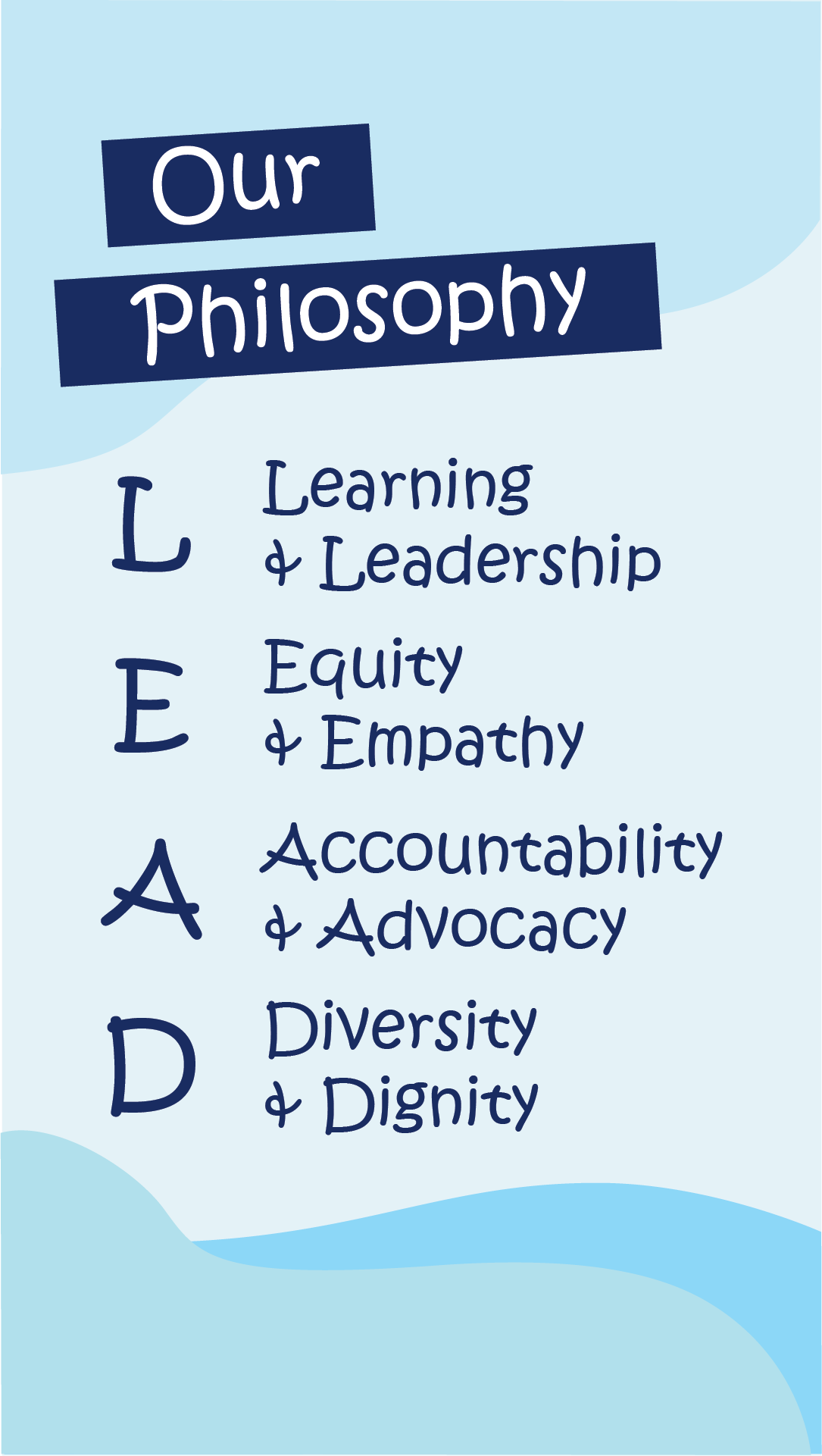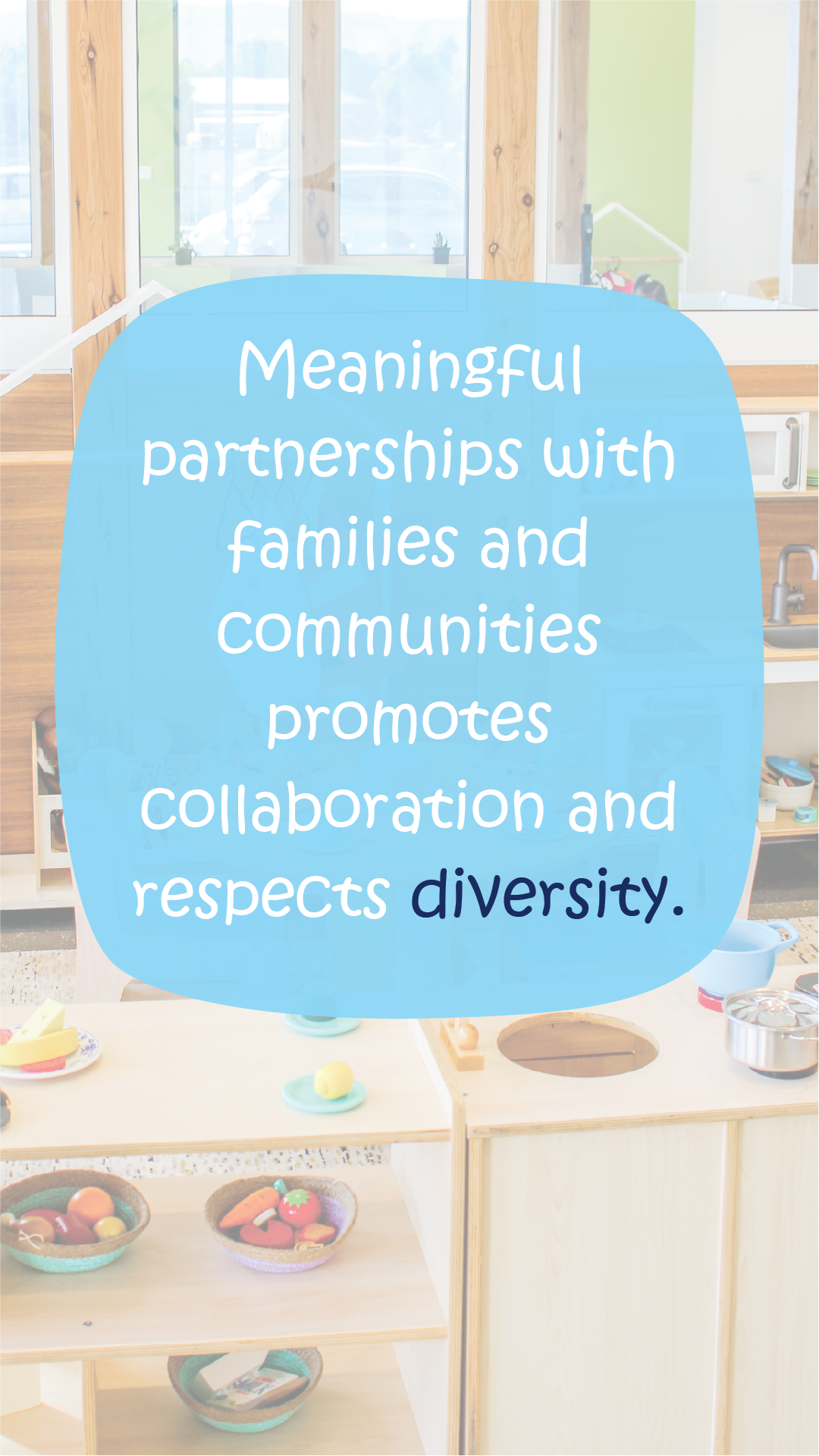Our Logo
As characterised by the tree branch in our logo, we believe our role in children’s development is to be the branch that works in partnership with families (birds in nest) to support each child in their early Learning (young bird about to take flight).
Our Philosophy






Through interpersonal relationships and involvement children begin to understand different ways of being and develop their own values and beliefs that will shape who they become. They become effective communicators and develop an understanding of the reciprocal rights and responsibilities necessary for active community participation. We aim to ensure each and every child has the opportunity to develop dispositions for learning, understandings and ‘life skills’ that will enable them to be active participants in creating a ‘better’ future for themselves. Children’s early learning and relationships are the foundation for their future success, and it is our role to ensure their first steps are supported by quality caregiving.
Our philosophy is informed by the following theories and theorists:
Vygotsky’s socio-cultural theory of learning and zone of proximal development
Reggio’s Emilia’s philosophy that ‘it takes a village to raise a child’
Robyn Dolby and the attachment theory to create secure supportive relationships “Circle of security”
Magda Gerba’s Philosophy “the importance of respecting babies and following their cues”
Maria Montessori theory based on a method of seeing children as they really are and creating environments which foster the fulfillment of their highest potential – spiritual, emotional, physical, and intellectual – as members of a family and the world community.
Over time our philosophy and practice will continue to grow and develop. We as a centre continually engage in reflective practice and seek ways to engage in ongoing learning becoming co-learners with children, families and communities to examine our practices, reviewing outcomes achieved and creating new ideas. We value the continuity and richness of local knowledge shared by community members, including Aboriginal and Torres Strait Islander Elders
References:
Radich, J. Being, Belonging, Becoming in the physical environment, Early Childhood Australia accessed ON 19/07/2016
SNAICC EYLF principle 5: Ongoing learning and reflective practice, Fact Sheet 10, accessed ON 20/07/2016 at

